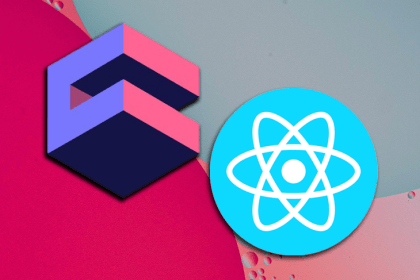
Learn how to build an analytics app to monitor and analyze raw data with React and Cube.js, an open source analytics platform.

Use FlutterGen, a Flutter code generator for your assets that help remove all string-based APIs in your app, for your next Flutter project.
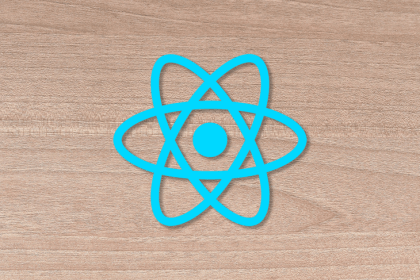
React Native Contacts and Expo Contacts are both great tools for fetching and manipulating the contacts on a user’s device.
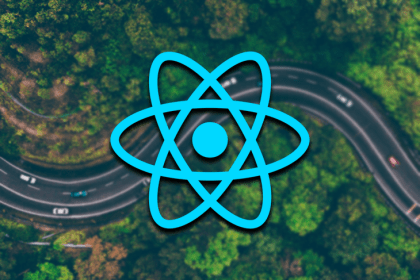
In this guide, learn how to enable different types of navigation in your React Native apps by building an example e-commerce application.

Building forms in React? Learn how React deals with forms and events, and how to build forms using the Formik library.
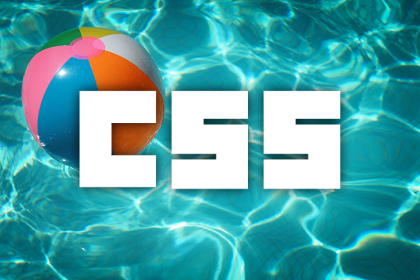
Entertain your users and increase the perceived performance of your app with animated page loaders, which can be easily built with just CSS.

Walk through a simple procedure to configure and establish a connection between client and server and make HTTP requests in Go.
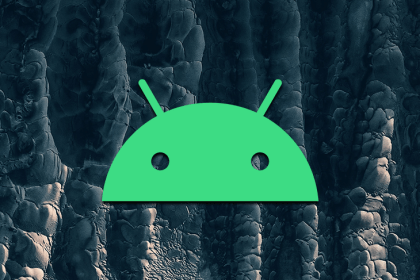
Android Studio comes with built-in support for Android Profiler, which provides a great way to debug your app and optimize its performance.

Learn two ways of creating an infinite background image loop scrolling effect with some basic HTML markup and CSS.

Learn about the latest release of flutter_bloc 8 and the breaking changes that require users to upgrade code within existing Flutter apps.
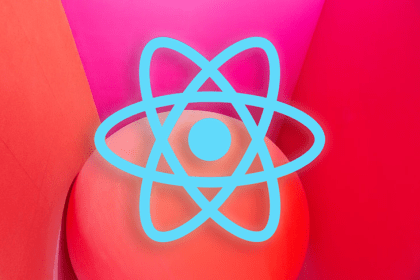
Iterating through collections of information, passing data throughout your application, and working with props.children can be a complicated aspect of React.

Learn how to use Miniflare — the new, fully-featured, open source Cloudflare Workers simulator — in production in this quick tutorial.